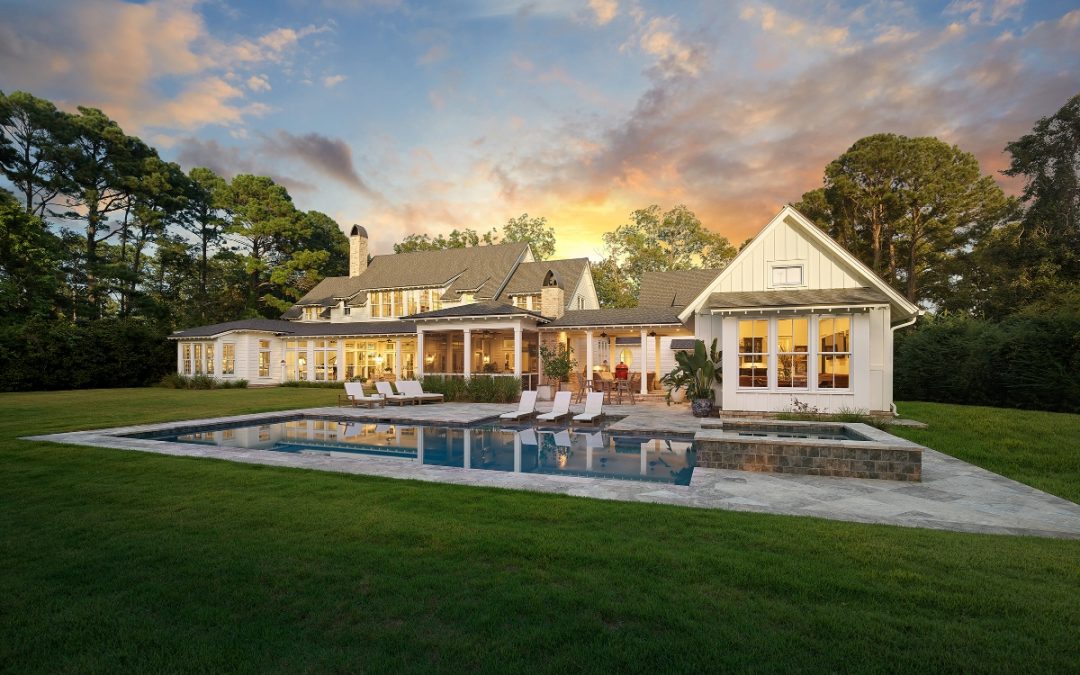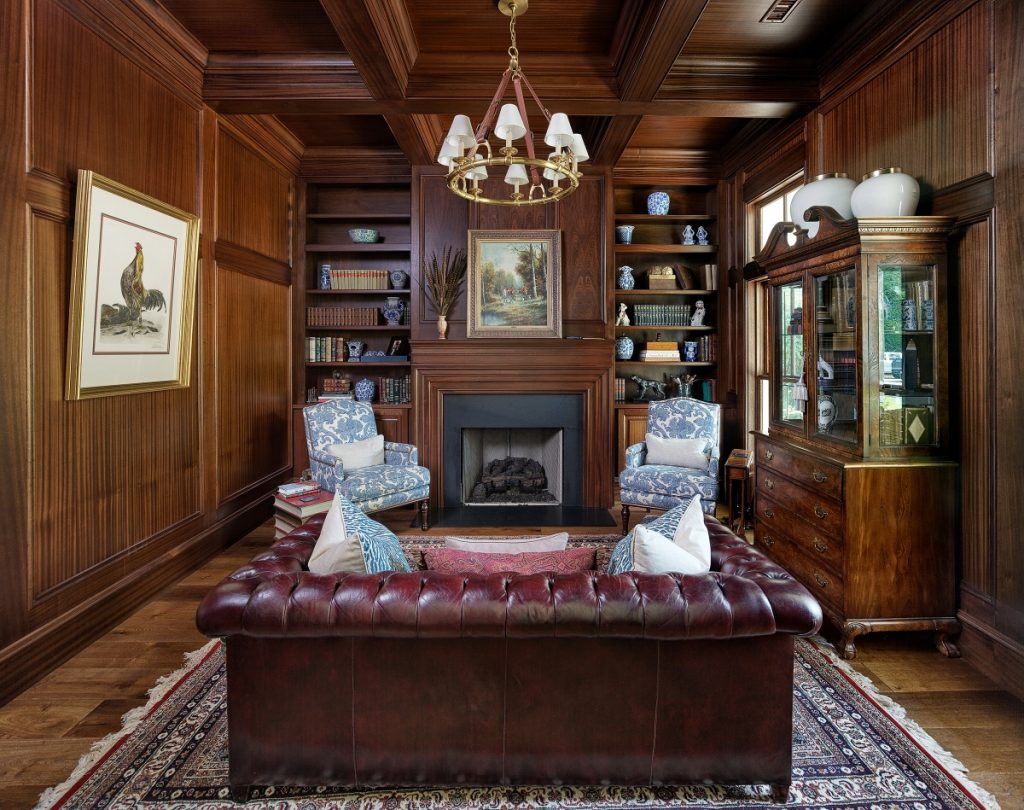We all know the power of good lighting.
(After all, we’re the proud owners of ring lights for our Zoom calls and we’ve perfected the art of finding just the right natural glow for our next selfie or family photo!)
Visionary architects often build homes around light because houses look their best with good lighting.
Visionary photographers often build shots around light because architecture — and pretty much any other subject! — looks its best in good lighting.
So, in this way, the art of architecture and photography are very similar.
That’s why when it comes to capturing high-quality architectural photography, good — AND strategic — lighting is one of the most magic, not-so-secret ingredients. The right type of lighting shapes what’s important in a home; it can help emphasize the architectural lines of a place and a space; it can spotlight a specific design detail; it can invoke a certain mood and atmosphere, and more.
Naturally, the time of day is key when it comes to lighting and creating high-quality architectural photography.
That was especially true for an estate in the gated community of Wando Farms, photographed by Holger Obenaus, an award-winning commercial photographer who specializes in design and architectural photography. for Charleston Style & Design. The homeowners tasked Cobb Architects and Cook Bonner Eberling Construction to design and build a traditional, Lowcountry 7,057-square-foot home that embraced the spectacular views.
“In order to sell the exterior work of an architect, a dusk shot can be very emotional and captivating,” says Holger. “Here, we chose to do a dusk shot from the rear — because it not only showed off the beautiful skies, but also the resort-style amenities of the outside living space and pool,” says Holger.
But while the outside of the home was captured in the swirl of the sunset, it was critical to time the rest of the interiors in distinctly different and brighter lighting. That’s because the interior shots relied on the outside spaces to create a narrative that blurred the boundaries and created a seamless indoor-outdoor lifestyle, explains Holger. What’s more, simple lines, contemporary structures, and porches like those in the Wando Farms estate often photograph better with late-afternoon sun because side lighting adds textures to the house.
These specific lighting requirements demand key understanding — and often some background research and site visits — from the photographer to understand the house and its interior spaces as the sun moves throughout the day. Without the right kind of lighting, the texture of the house gets lost.
“There is definitely an art to timing the lighting for a specific shot — and it’s a thin line between good and not-so-good, so quick work is often necessary to catch it all in time,” adds Holger. “You don’t want harsh daylight, but you also don’t want to lose the light!”
High-quality architectural photography can immediately draw someone into a home — even while viewing only two-dimensional images. And that’s the real magic!



Recent Comments